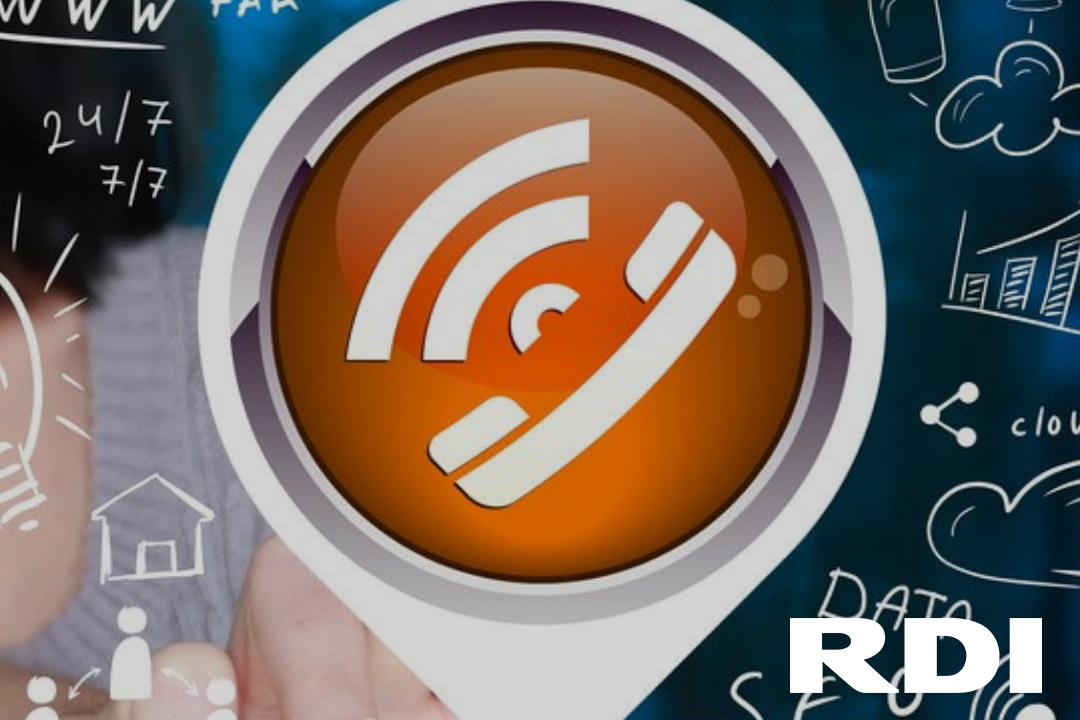Voice over Internet Protocol (VoIP) has grown from an unregulated product to a fully mature regulated telephony solution for your business. RDI is an interconnected VoIP carrier and provides “interconnected VoIP service” to our customers. We are experts in VoIP and can assist customers in successfully setting up reliable, cost-effective, and compliant VoIP solutions. We can help customers understand many of the regulatory laws and compliance that are now current or coming down the road.
Federal & State Regulations
VoIP is now regulated at both the Federal and State level with oversight and regulations by both. Traditionally Federal and State regulators have maintained a “light” touch in regard to VoIP, but more and more regulations are being passed that require complex compliance. Companies need to be compliant with both Federal and State regulations and need a telecommunication partner such as RDI that is experienced helping companies providing comprehensive VoIP solutions.
Traditional Phone Service vs. VoIP Compliance
Traditional phone service has always been regulated and as the VoIP industry continues to evolve and develop, regulators will enact even more regulations. The FCC has expanded jurisdiction to include “interconnected” VoIP services, which enable users to make or receive calls across the Internet. Traditional phone network is considered Public Switched Telephone Networks (PSTN) which means the calls are circuit-switched for the duration of the call. A common term for the traditional voice line is “POTS” which stands for “Plain Old Telephone Service”. It can also be your “PRI” circuit. VoIP calls employ a packet-switched telephony network where calls are broken down into multiple packets that are transmitted across the Internet. A call can start off as VoIP can end up as PSTN or vice versa as the two technologies are interconnected by the carriers.
Common Compliance Laws
HIPAA
The Health Insurance Portability and Accountability Act dates to 1996 and specifically set the rules for electronic health care transactions. Information about a person’s health that is stored digitally is subject to strict privacy rules.
Kari’s Law
Kari’s Law signed into law February 16, 2018, and became active February 16, 2020, requires organizations that use multi-line telephone systems (MLTS) to provide callers with the ability to dial 911 directly from any telephone. A caller must be able to dial 911 from any phone without dialing a prefix. In addition, when a 911 call is initiated, a notification must be immediately sent to someone at the organization who is likely to notice it and can assist first responders.
Rau Baum’s Act
Signed into law in 2018, the Ray Baum’s Act stressed the importance of sharing the precise location information when a calling 911 which helps first responders quickly locate the person initiating the call. A dispatchable location is not only the address but also additional information such as floor, suite, room, and other information.
Business should employ their own legal counsel to help review their existing compliance with both Federal and State regulations. RDI can help manage your VoIP and especially your E911 and can be a partner in successfully navigating these complex issues.
Upgrade Your Old Legacy Phone System
Are you ready to finally upgrade your old legacy phone system? Call RDI today to have us come and do a free analysis and quote.
To learn more about RDI Intuitive Technical, contact us!
#VoIP
Mark L Griffith
Managing Director Central Ohio
